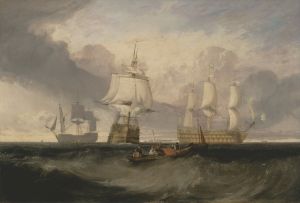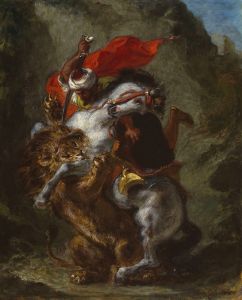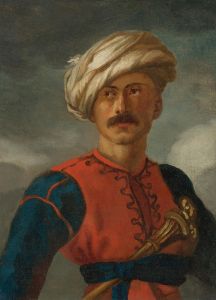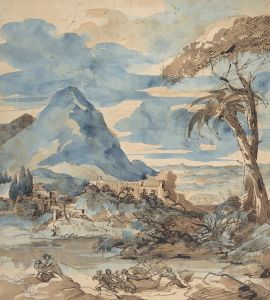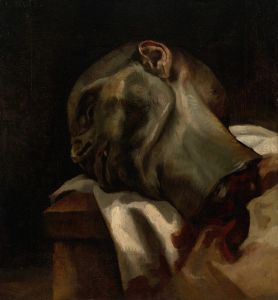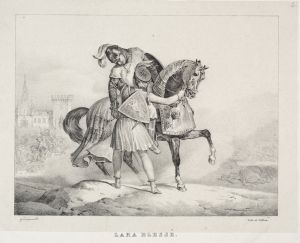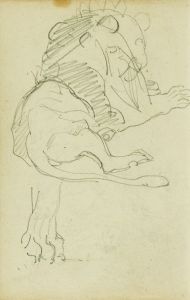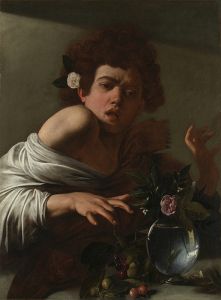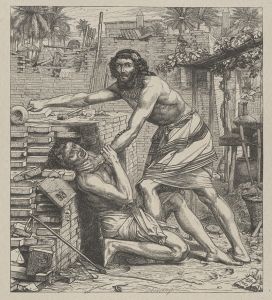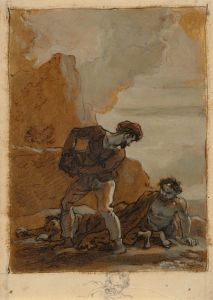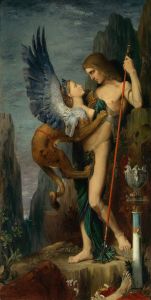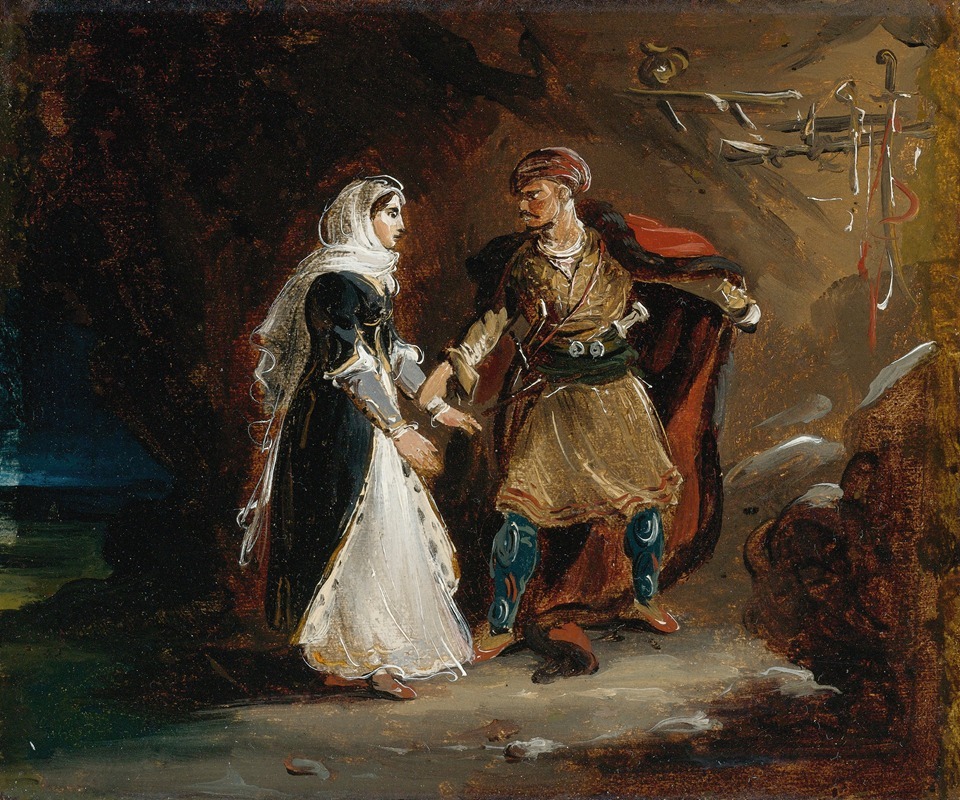
La Fiancée D’abydos
A hand-painted replica of Théodore Géricault’s masterpiece La Fiancée D’abydos, meticulously crafted by professional artists to capture the true essence of the original. Each piece is created with museum-quality canvas and rare mineral pigments, carefully painted by experienced artists with delicate brushstrokes and rich, layered colors to perfectly recreate the texture of the original artwork. Unlike machine-printed reproductions, this hand-painted version brings the painting to life, infused with the artist’s emotions and skill in every stroke. Whether for personal collection or home decoration, it instantly elevates the artistic atmosphere of any space.
Théodore Géricault's "La Fiancée d'Abydos" is an evocative painting that reflects the artist's fascination with dramatic themes and exotic subjects. Géricault, a prominent French Romantic painter, is best known for his dynamic compositions and his ability to capture intense emotion and movement. Although "La Fiancée d'Abydos" is not as widely recognized as some of his other works, such as "The Raft of the Medusa," it remains an important piece within his oeuvre, showcasing his interest in literature and the exotic.
The painting is inspired by Lord Byron's narrative poem "The Bride of Abydos," published in 1813. Byron's poem is a tale of forbidden love set against the backdrop of the Ottoman Empire, featuring themes of passion, betrayal, and tragedy. Géricault, like many of his contemporaries, was deeply influenced by Byron's work, which was immensely popular in France during the early 19th century. The Romantic movement, characterized by an emphasis on emotion, individualism, and the sublime, found a kindred spirit in Byron's poetry, and Géricault's painting is a testament to this cultural exchange.
"La Fiancée d'Abydos" captures a moment of intense emotion, typical of Géricault's style. While specific details about the painting's composition and dimensions are not widely documented, it is known that Géricault's works often feature dramatic contrasts of light and shadow, as well as a keen attention to the human form. His brushwork is typically vigorous and expressive, contributing to the overall sense of movement and tension in his paintings.
Géricault's interest in the exotic and the dramatic is evident in "La Fiancée d'Abydos." The setting and costumes likely reflect the Orientalist fascination with the East that was prevalent in European art and literature at the time. Orientalism, a trend in 19th-century art, involved the depiction of Eastern cultures through a Western lens, often romanticizing and dramatizing them. Géricault's painting, inspired by Byron's poem, fits within this context, as it explores themes of love and conflict in an exotic setting.
The painting is part of Géricault's broader body of work, which often explores themes of human struggle and emotion. His interest in the human condition is evident in his most famous painting, "The Raft of the Medusa," which depicts the aftermath of a contemporary shipwreck and the suffering of its survivors. Similarly, "La Fiancée d'Abydos" delves into the complexities of human emotion, albeit through a literary and exotic lens.
Théodore Géricault's life was relatively short; he died at the age of 32 in 1824. Despite his brief career, he left a significant impact on the art world, influencing later artists such as Eugène Delacroix and the development of the Romantic movement in art. "La Fiancée d'Abydos," while not as extensively studied as some of his other works, contributes to our understanding of Géricault's artistic interests and his engagement with contemporary literary themes.
In summary, "La Fiancée d'Abydos" by Théodore Géricault is a painting that exemplifies the Romantic fascination with emotion, exoticism, and literary inspiration. It reflects Géricault's skill in capturing dramatic moments and his interest in the human experience, set against the backdrop of a narrative poem by Lord Byron.






